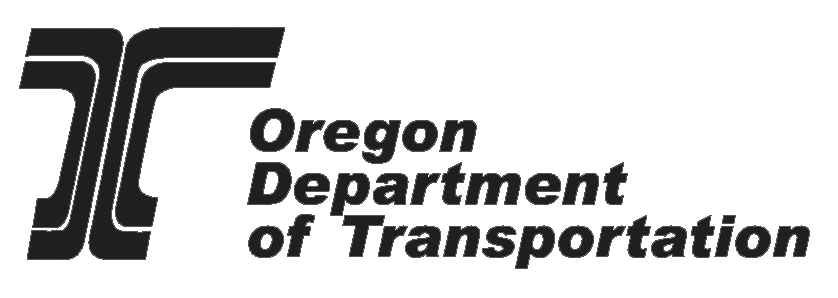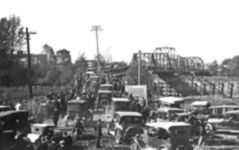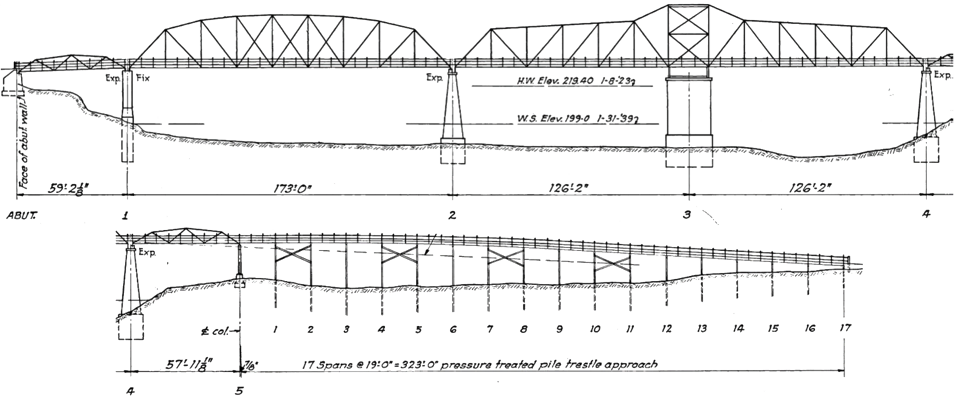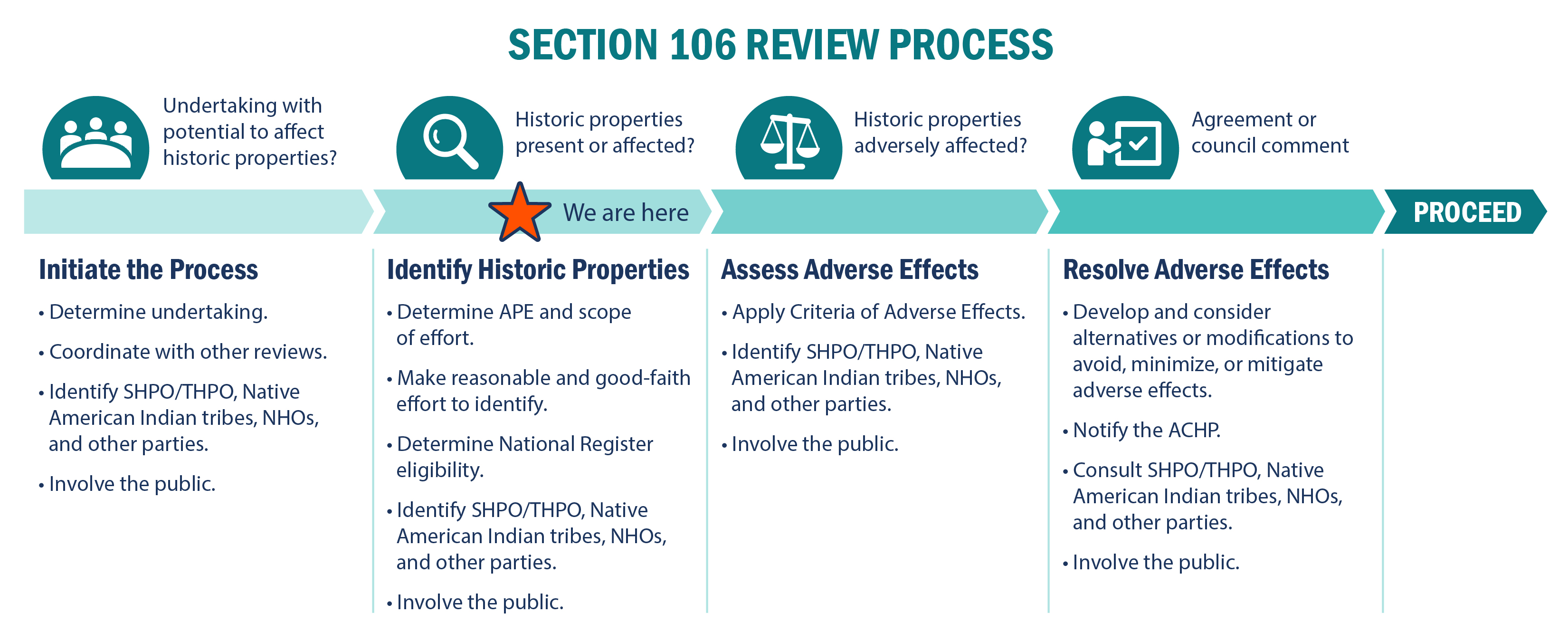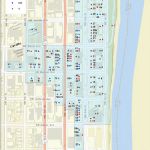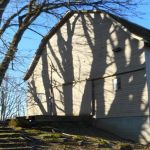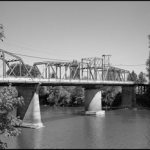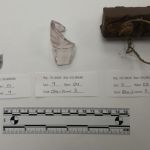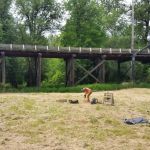For ADA (Americans with Disabilities Act) or Civil Rights Title VI accommodations, translation/interpretation services, or more information call 503-731-4128, TTY 800-735-2900 or Oregon Relay Service 7-1-1. Si desea obtener información sobre este proyecto traducida al español, sírvase llamar al 503-731-4128.
Additional Information
- Project Fact Sheet (PDF, 1.4 MB)
- Van Buren Bridge Repurposing Study (PDF, 18 MB)
Stations
The existing bridge
- Year completed: 1915.
- Design features: one lane of motor traffic and a pedestrian path.
- Annual average daily traffic: 10,800 vehicles per day.
- National Bridge Inventory sufficiency rating: 48.9 out of 100. (A score of 50 or less recommends replacement over repair.)
We are replacing the bridge because:
- It’s too narrow to add more lanes.
- It’s vulnerable to earthquakes.
- The rails and transitions are below the required standards and raise safety concerns.
- A 1995 evaluation recommended it be replaced by 2005 because of steel fatigue. (It is inspected bi-annually as a safety precaution.)
- Our recent inspection found underwater erosion of the concrete piers and footings.
- In the current condition, vehicle height and weight restrictions are required.
What will happen to the existing bridge?
The bridge is currently available for donation to another agency or private party if they wish to move it to a different location. It will be available through August 30, 2020. For more information, read about the Bridge Advertisement or watch this short video.
Project history
- 1979-1983: An Environmental Impact Statement was completed to consider an alternate route for traffic to bypass the central business area of Corvallis.
- 2004: Previous plans to study bridge options were revived.
- 2005: An Environmental Baseline Report was completed to help determine requirements for the new Van Buren Bridge. A Bridge and Roadway Alternatives Report was also completed to study design options for locating a new Van Buren Bridge.
- 2006-2007: Design options included a new bridge parallel to the existing bridge, a curved bridge between the old bridge and the Harrison Street Bridge, and a bypass north to connect with Oregon 99W. No funding was available.
- 2008-2009: An Existing Traffic Conditions Report was completed and focused on conducting additional traffic studies.
- 2017: The State Legislature’s passage of House Bill 2017 provided more bridge funding and project planning resumed.
The current project builds on this previous work.
Process Overview
Historic properties within the project have been researched and identified through field survey and background research.
Any identified adverse effects to historic properties will be avoided or minimized and mitigated where necessary.
The Oregon State Historic Preservation Office, federally-recognized tribes, project consulting parties and the general public will be consulted throughout these efforts.
More information
In June 2019, a Historic Resource Baseline Report was completed that summarizes our previous efforts up to this point, including the various historic buildings in the area that have been researched to determine eligibility for mitigation of any adverse effects as part of this process.
- Learn more about the Historic Resources Baseline Report.
- Learn more about Section 106.
The Area of Potential Effect (APE) is the geographic area where the project actions may result in impacts to cultural resources.
SHPO is the State Historic Preservation Office.
THPO is the Tribal Historic Preservation Office.
NHO is the Native Hawaiian Organization.
ACHP is the Advisory Council on Historic Preservation.
Van Buren Bridge Cultural Resources Map
Click and drag to explore the map. Click lines, shapes and icons for more information. Turn layers on and off and browse the list of projects by clicking the ![]() button in the upper left of the map window. (You may need to turn off layers to select other objects underneath.) Map shapes and icons are provided for reference only, precise locations may vary.
button in the upper left of the map window. (You may need to turn off layers to select other objects underneath.) Map shapes and icons are provided for reference only, precise locations may vary.
Historic Resources Examined
We evaluated whether the following resources are eligibile for listing in the National Register of Historic Places (NRHP)*:
- Van Buren Bridge
- Corvallis Downtown Historic District
- John Beach Barn
- Flomatcher Building
- Verizon Building (303 NW Harrison)
We determined the following resources are potentially eligible for listing in the NRHP:
- Van Buren Bridge
- Corvallis Downton Historic District
- John Beach Barn
*The National Register of Historic Places (NRHP) is the official list of the Nation's historic places worthy of preservation and is part of a national program to support efforts to identify, evaluate, and protect America's historic and archeological resources.
Archaeological Research Conducted
We made the following efforts to identify archaeological sites within the project area:
- Research to determine type of archaeological resources that may be encountered.
- Review previously-conducted fieldwork to identify locations for study.
- Outreach to consulting parties.
- Monitor geotechnical borings for deeply buried resources.
- Test and evaluate four sites and Orleans Townsite.
Archaeological Resources Examined and Initial Results
- We are examining four archaeological sites along with the Orleans Townsite.
- Artifacts mostly include structural debris from late 19th and early 20th century businesses and residences, although a few Native American artifacts are present.
- Some artifacts may be associated with the Orleans Townsite, a town established in 1850 and destroyed during a flood in 1861*.
- One site has been evaluated and is likely not eligible for listing in the NRHP.
- Analysis of artifacts recovered during fieldwork is underway.
* Flood date correction to 1861 (8/24/2020)
What Happens Next
The Section 106 Cultural Resource Process establishes how to mitigate any adverse effects to historic and archaeological resources. Responsible parties will develop an agreement that outlines mitigation strategies as part of this process, called a Memorandum of Agreement (MOA).
The MOA and mitigation strategies must be created with consulting party and community input. Consulting party and community input related to this process will begin in January. The final MOA is anticipated to be completed in May 2021.
Our immediate next steps include:
- Prepare additional Determination of Eligibility document for Riverfront Park.
-
Prepare archaeological report and Determination of Eligibility documents for resources in Linn County.
- Prepare Finding of Effect documents.
- Hold a public open house to present Finding of Effect documents in January 2021.
- Finalize Finding of Effect documents and submit to Federal Highway Administration and State Historic Preservation Office for review and concurrence.
- Begin coordination for mitigation of adverse effects, anticipated in January 2021.
- Prepare Memorandum of Agreement and finalize in May 2021.
Stay Involved
Complete the comment form below.
Visit the project website for more information.
Sign up for email updates.
Contact ODOT:
For questions about Historic Resources, please contact Hayli Reff, and for questions about Archeological Resources, contact Kurt Roedel.
For general questions and comments, please contact Anna Henson.
